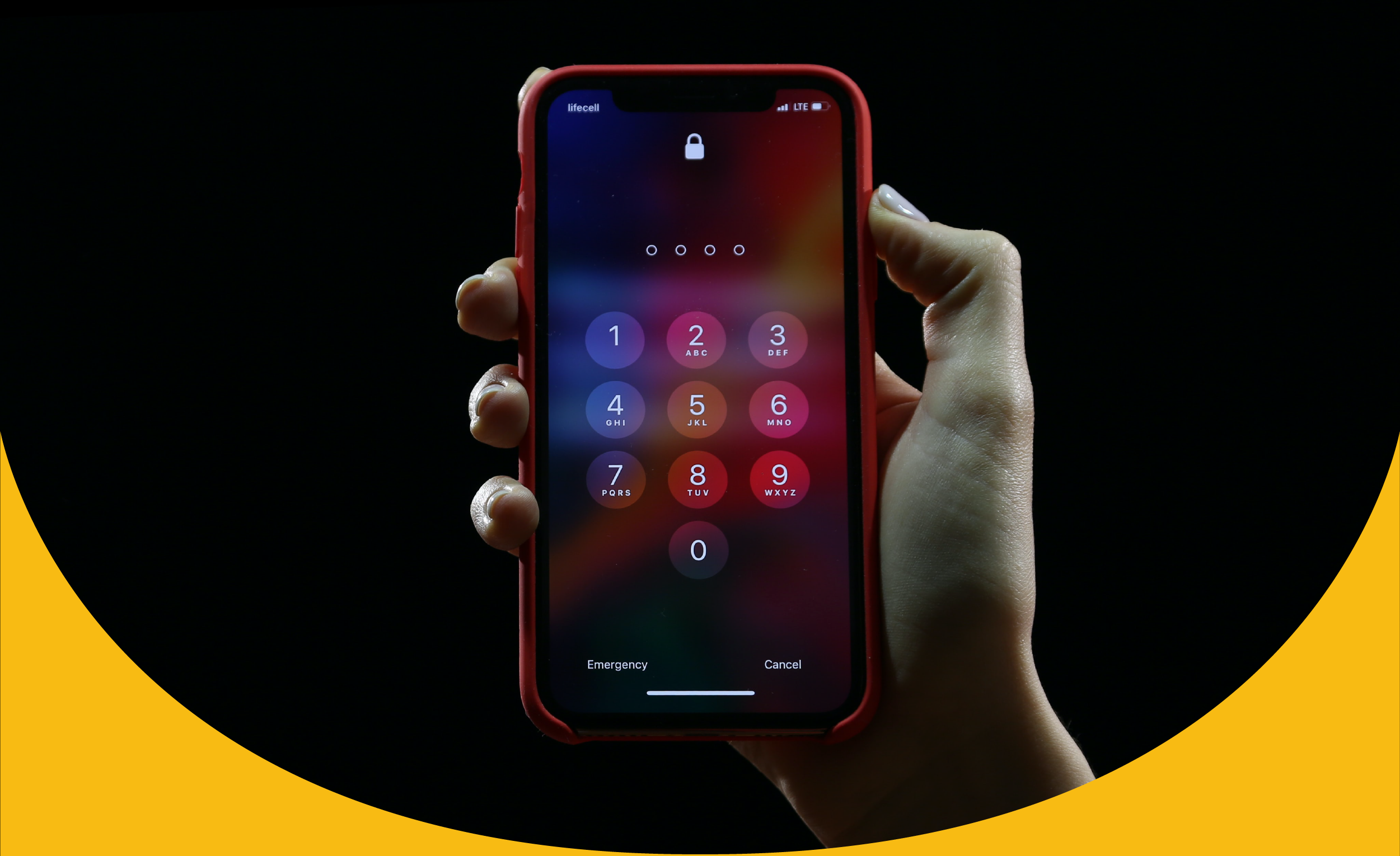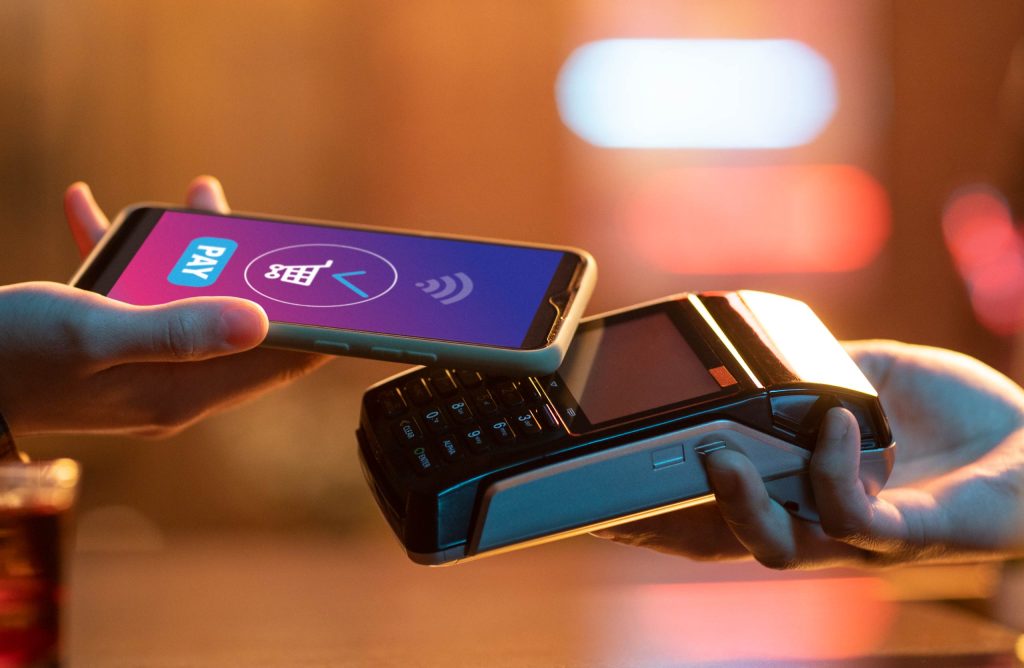App security is a problem increasingly current every day. When much of what we do takes place on our mobile phones, threats of data theft are increasing. Therefore, improving the security of applications is essential.
Application security is important to both users and businesses. For the former, it guarantees the security of your personal information; for the latter, your business’s reputation and success depend directly on your users’ satisfaction.
This article will tell you the main threats to mobile application security and what measures to take to guarantee it.
What is mobile app security?
When we talk about the security of applications, we refer to the protection measures implemented at the application level to prevent the theft and hijacking of data or codes within the app.
These measures must be considered from the design and development stage of the application. And also extend to the protection systems and approaches implemented after its distribution. In addition, it’s also important to include security routines that include protocols like frequent tests.
Application security can include software, hardware, and procedures to identify and minimize potential breaches. These actions prevent the app’s safety from being broken, for example, when unauthorized access occurs.
10 mobile application security threats
These were the most frequent app threats in 2021, according to OWASP (Open Web Application Security Project):
- Broken access control: access control determines the actions the user can perform in an app. If it is broken, any user can take any action. For example, the hacker can view and edit other users’ information, enter the application without logging in, or manipulate metadata.
- Cryptographic failures: these controls protect the confidentiality of data through encryption and authentication of messages. When these fail, the information we transmit and store is exposed.
- Injection occurs when an app fails to authenticate the data it receives from a user. Consequently, this data received may affect and modify the app’s operation and give an unauthorized user access to third-party information.
- Insecure design: the design of an app may have different security levels. To be secure, it needs a robust and previously tested code that prevents possible attacks and threats from a mobile application. Otherwise, any hacker can take advantage of these vulnerabilities and attack.
- Security misconfiguration: occurs when it is defined and implemented with default values instead of considering the app, the web server, the database, and the platform. An example of this is when the app includes outdated or vulnerable software.
- Vulnerable and Outdated Components.
- Identification and Authentication Failures.
- Software and Data Integrity Failures.
- Bug tracking and security log.
- Server-Side Request Forgery (SSRF).
Most common security threats to financial apps
Ensuring cibersecurity is essential in all applications and even more so in the financial industry. Financial applications contain users’ highly relevant personal information, and their violation can mean the loss of much money for the user and the provider. Furthermore, for the app provider, a failure in the app security impacts its image and reputation negatively.
Trust is essential in fintech and also means a tremendous competitive advantage.
There are many threats to financial apps: online piracy, money laundering, and data integrity, among others.
These are the most frequent threats to financial applications:
- Data theft: hackers steal customers’ personal information to sell it to the highest bidder. Then, criminals use that data to impersonate a person’s identity.
- Identity theft: criminals apply for bank loans or credit cards in a user’s name based on data theft.
- Social engineering and phishing: social engineering manipulates people into willingly giving up their private information. Phishing is one of the manipulation tactics, tricking the user into clicking on a fake link – received by email or other means – and taking him to a supposedly secure page to enter his personal information.
- Banking malware: this is the case of identity theft windows, whose objective is to overlay banking applications to steal the credentials of mobile banking customers. It is also often used to overlay other applications, steal credit card details or incoming mobile transaction authentication numbers (mTans), and even redirect calls.
- Ransomware: can lock a device and impose its payment request on all windows (including system windows) and then demand money in exchange for unlocking the device.
How to improve mobile app security?
There are different options to ensure mobile app security and protect user data.
These are the leading steps to take to ensure mobile app security:
- Anticipate threats: the best way to prevent them is to put yourself in the cybercriminal’s mind to understand their objective and tactics to achieve it.
- A plan against ransomware must indicate what steps to follow in case the app suffers an attack.
- Have an incident response team: own or outsourced. The objective is to provide a quick and effective response to incidents that affect security.
- Multi-factor authentication (MFA): adding layers of protection increases security.
- Maintain code security: implement measures to ensure the app’s code is secure from potential threats.
- Protect user code: establish a maximum number of attempts to enter the user code, after which, if it fails, the application logs out and can even be blocked.
- Use effective encryption techniques: encrypt sensitive data with methods that ensure its effectiveness and protection.
- Constantly update and evaluate the application: performing permanent updates and tests is an effective prevention method since they protect the app from new cyberattack possibilities.
- Hack detection technology is compulsory: use algorithms that send a notification when there are attempts to crack the code. You can even block the app when the code is illegally altered.
- Tested offline backups: tested backup copies are the only way to guarantee that they will work in current conditions.
For an app to succeed long-term, its security is essential. Therefore, investing in mobile application security should not be a debate but taken for granted.
Creating secure applications at all levels depends on it—also, corporate reputation and avoiding future financial losses.
Do you want to develop an app for your business?
At ThinkUp, we are experts in developing mobile solutions. Contact us for more information.






